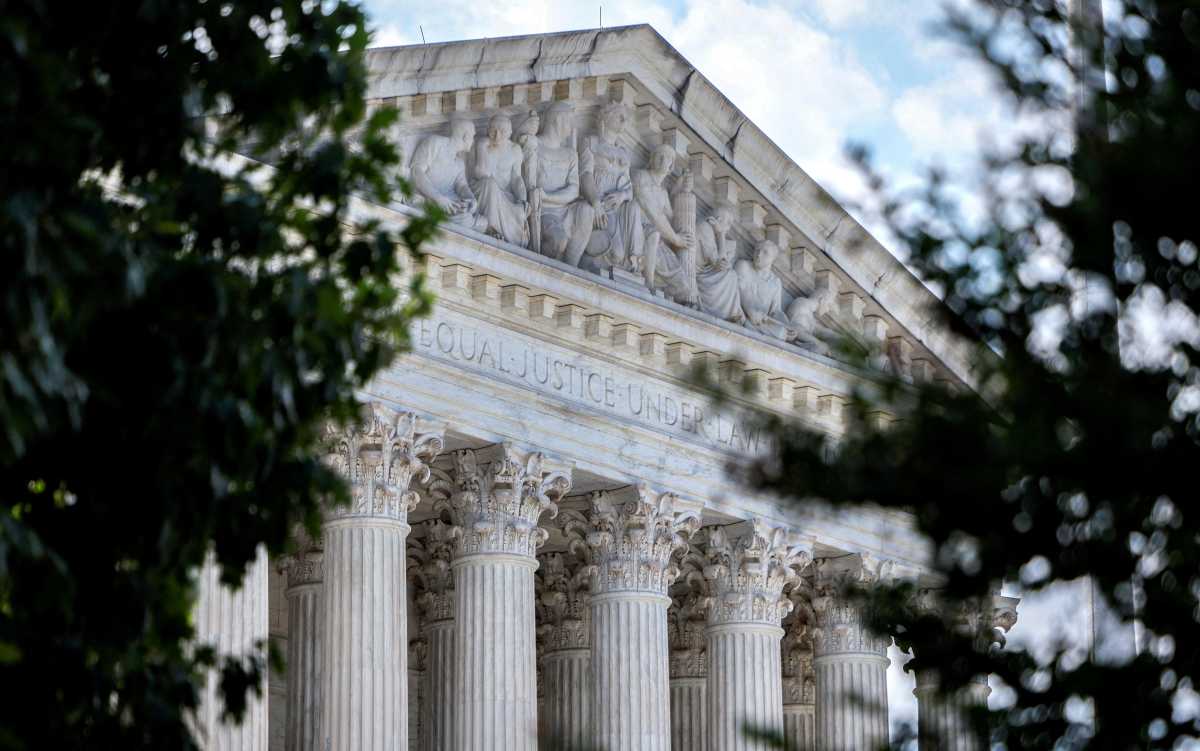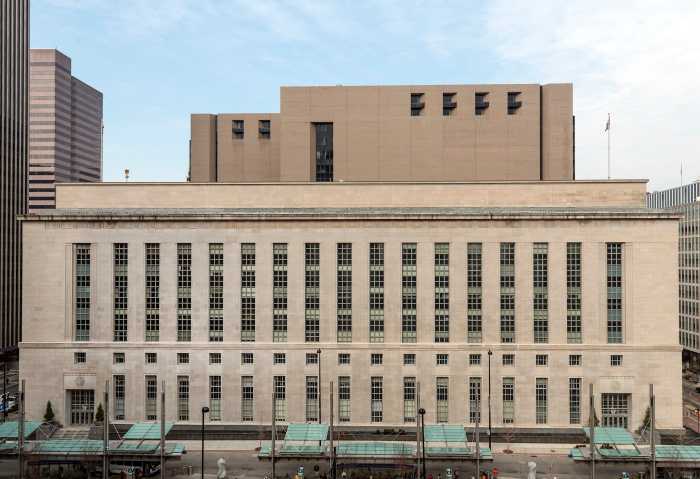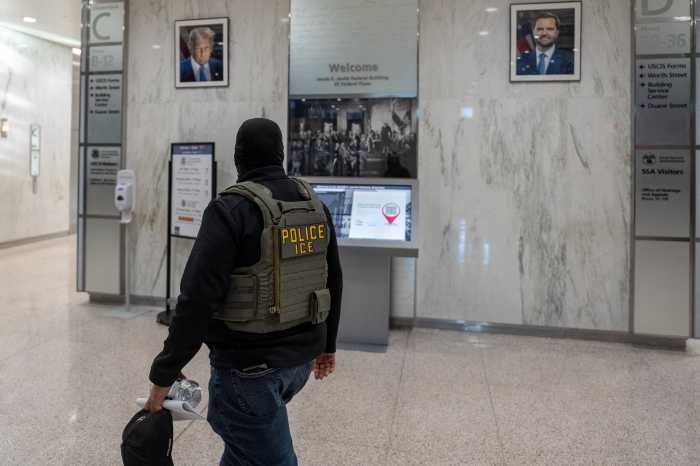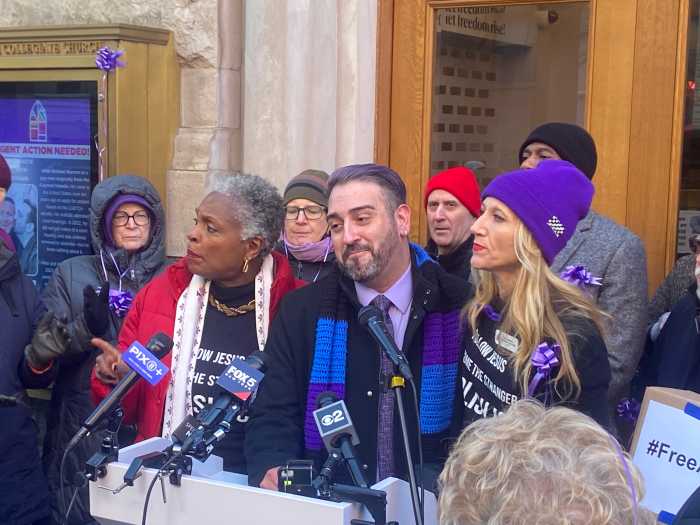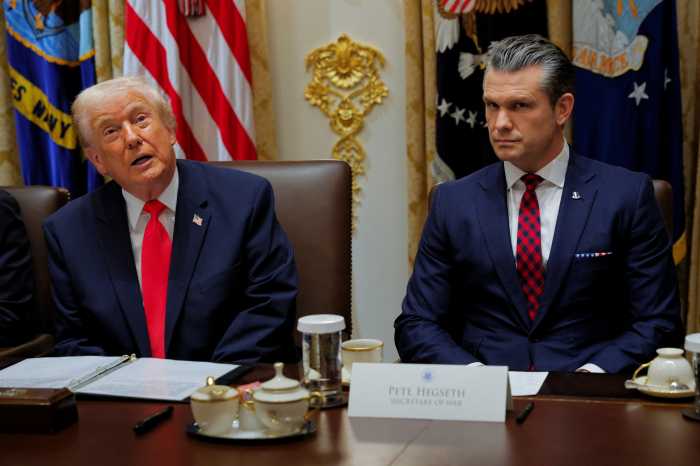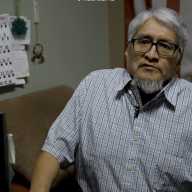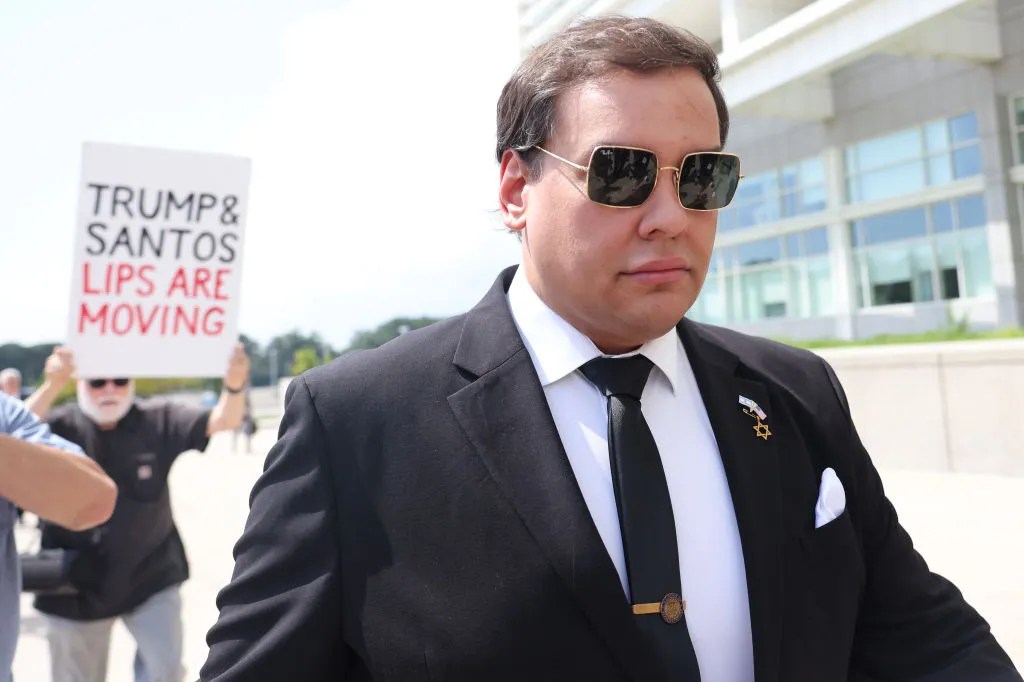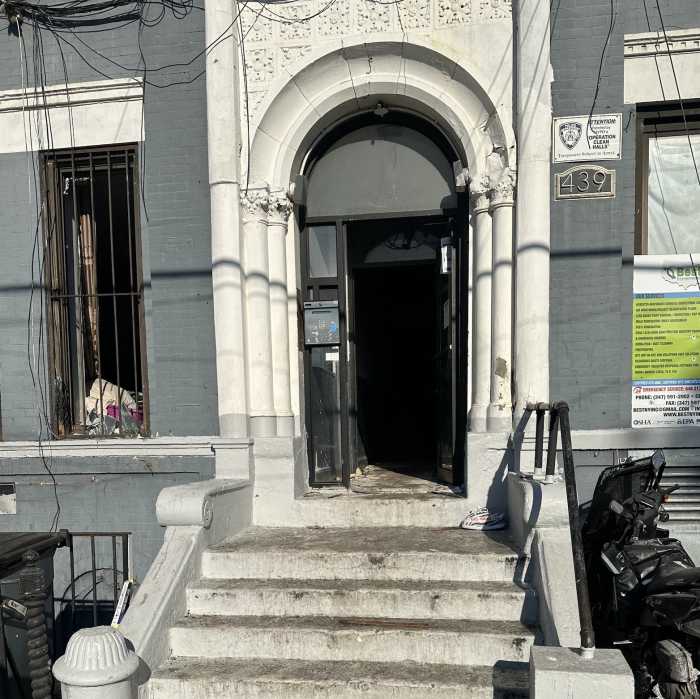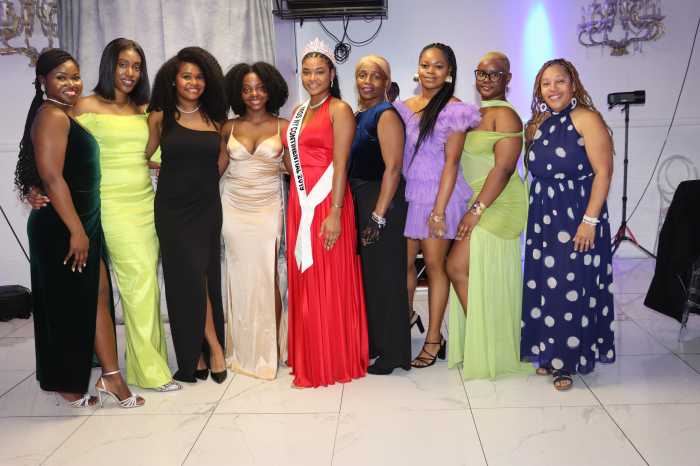On May 27, the Supreme Court announced that it would not review a decision by the Boston-based US Court of Appeals for the First Circuit, which held that the Middleborough, Massachusetts, school district did not violate the First Amendment free speech rights of a middle school boy who was sent home from school for refusing to take off a T-shirt that stated “There Are Only Two Genders” when he was told to do so by the school’s principal. The boy, called L.M. in the lawsuit, was also told that he could not wear a T-shirt to school stating “There are [CENSORED] Genders.”
The context for the so-called “T-shirt wars” is that some public schools hold Pride Weeks during which students are encouraged to show support for LGBTQ students. Some do so by wearing T-shirts with supportive slogans. But some students have attempted to communicate their contrary views by wearing T-shirts with opposing slogans. School administrators have taken action against the people wearing the oppositional T-shirts, asserting that such T-shirts create a hostile environment by denying the reality of transgender students’ gender identity and cause psychological harm to transgender students that interferes with their educational experience.
There have also been some occasions when oppositional T-shirts have led to disruption at the schools, but not in L.M.’s case, as he was quickly sent to the principal’s office when he showed up wearing his T-shirt and then sent home. When he showed up wearing the “censored” T-shirt, he complied with the principal’s directive and changed shirts rather than being sent home.
L.M. and his parents filed a lawsuit in the federal district court in Massachusetts represented by Alliance Defending Freedom, a right-wing anti-LGBTQ litigation group, arguing that his treatment violated his constitutional free speech rights. He asked for a preliminary injunction requiring that he be allowed to wear the T-shirts, but was turned down by the district court and the court of appeals.
His petition seeking Supreme Court review pointed out that the lower federal courts are divided about how to deal with cases like his. Some have ruled that the school can take action to remove the oppositional T-shirt in order to preserve an inclusive environment for their educational program. Others have ruled that students have a free speech right to communicate their oppositional views so long as actual disruption of the educational process is not likely to occur.
As usual, the Supreme Court provides no explanation for turning down a case for review, but in this instance Justices Samuel Alito and Clarence Thomas declared their disagreement, arguing out that the First Circuit’s decision was an incorrect reading of the court’s landmark ruling in Tinker v. Des Moines Independent Community School District, a 1969 case that upheld the right of high school students to wear black armbands at school as part of a protest against the war in Vietnam. In that case, the court famously said that the First Amendment Freedom of Speech does not stop at the schoolhouse door, and subsequent cases have reinforced the idea that students have a right to assert their views in school, so long as they are not disrupting the educational program.
In his brief dissent, Justice Thomas recalled his past statements that he thought the court’s Tinker opinion was wrong, but he insisted that so long as the court did not overrule Tinker, it remained a binding precedent. “For reasons explained by Justice Alito,” he wrote, “the First Circuit decision below flouts Tinker and its progeny,” and he joined Alito’s dissenting opinion.
As Alito summarized the First Circuit’s decision, he wrote, “It held that the general prohibition against viewpoint-based censorship does not apply to public schools. And it employed a vague, permissive, and jargon-laden rule that departed from the standard this court adopted in Tinker.”
Alito criticized the First Circuit’s suggestion that the courts should defer to the judgments of school officials, even when they have no evidence that the student’s conduct of wearing the T-shirt was disruptive, and he quoted a 1972 decision, Police Department of Chicago v. Mosley, where the court stated, “Above all else, the First Amendment means that government has no power to restrict expression because of its message, its ideas, its subject matter, or its content,” and referred to Tinker’s holding that “the viewpoint-neutrality rule also applies to student speech,” and protects students’ rights to communicate “unpopular viewpoints” at school.
Tinker required a showing of “material disruption” of the educational process to justify censorship of student speech. But the First Circuit, in this case, pointed to “speech that can be interpreted as demeaning a deeply rooted characteristic of personal identity,” under which the school could ban speech if it “reasonably forecasts” that it may have a “serious negative psychological impact on students with the demeaned characteristic.”
Alito insisted that this was a misapplication of Tinker, and that the differing positions taken by lower federal courts confronted with this issue require resolution by the Supreme Court. The implications of his position are exposed by his statement that “viewpoint discrimination in the lower grades is more objectionable because young children are more impressionable and thus more susceptible to indoctrination.” This goes along with the conservative critique of the educational establishment as imposing “woke” views on schoolchildren.
Alito concludes by sounding the alarm: “So long as the First Circuit’s opinion is on the books, thousands of students will attend school without the full panoply of First Amendment rights. That alone is worth this court’s attention. The problem, however, runs deeper; as this case makes clear, some lower courts are confused on how to manage the tension between students’ rights and schools’ obligations. Our nation’s students, teachers, and administrators deserve clarity on this critically important question. Because the court has instead decided to let the confusion linger, I respectfully dissent.”
The Supreme Court’s decision not to review a case is not a ruling on the merits and sets no precedent. However, the denial of review means that the 1ST Circuit’s approach to this issue is a legally binding precedent within the 1st Circuit, which includes all the New England states.

